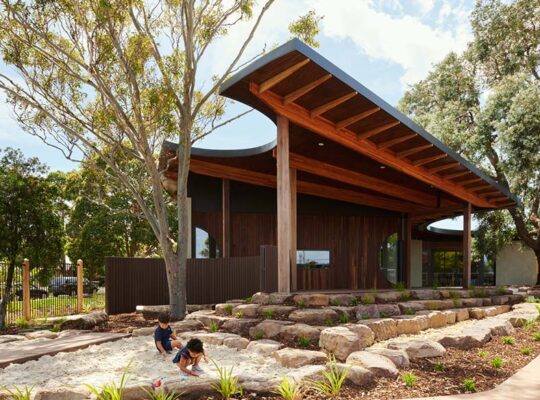Growing up, family vacations to India were a whirlwind of activity, but amidst the chaos, my aunt’s home stood out as an oasis of calm. It wasn’t until later that I realized her secret: a deliberate embrace of negative space in her decor.
Understanding Negative Space
Negative space, the empty areas around design elements, often goes unnoticed in home decor discussions. While it may seem more exciting to focus on filling every corner, my aunt’s approach taught me the power of leaving space untouched. By intentionally creating areas devoid of furniture or decor, the pieces you do showcase are given room to breathe and stand out.
Enhancing Visual Balance and Comfort
In smaller living spaces like my aunt’s cozy living room, the impact of negative space is especially pronounced. Though subtle, these empty areas contribute to a sense of visual balance and effortless comfort. Beyond aesthetics, negative space facilitates smooth movement within a room and creates the illusion of spaciousness, making even the tiniest dwelling feel larger than it is.
Practical and Cost-Free Design
Aside from its aesthetic benefits, embracing negative space also offers practical advantages. It reduces visual clutter, allowing for easier navigation and flow between rooms. Moreover, this design approach comes at no cost, proving that effective decor doesn’t always require a hefty budget.
Personal Application and Gratitude
Inspired by my aunt’s approach, I applied the concept of negative space to my own living spaces, transforming my small studio apartment into an airy retreat. Even as I’ve gained more space over the years, this principle remains central to my design philosophy, guiding the layout of every room and the introduction of new pieces. For this timeless lesson in decor, I’m forever grateful to my aunt.










